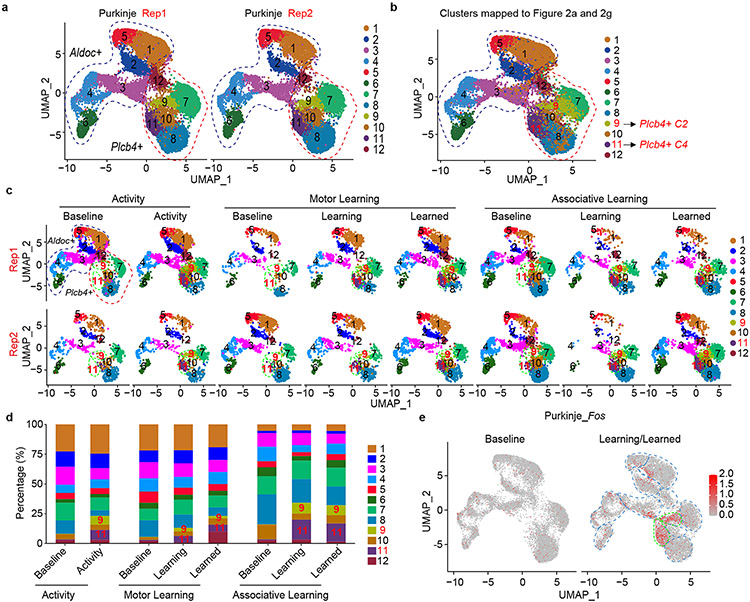Extended Data Figure 7. Plcb4+, but not Aldoc+ Purkinje neurons undergo transcriptomic plasticity upon exposure to activity and learning experiences.
a, Two biological replicates of combined Aldoc+ and Plcb4+ Purkinje nuclei were grouped into 12 clusters based on marker gene expression with cluster resolution of 1.0 (Dim 12). b, Projection of 6 clusters of Plcb4+ neurons in Fig. 2a and 6 clusters of Aldoc+ neurons in Fig. 2g to the combined dataset. Cluster 9 and cluster 11 were respectively categorized with C2 and C4, those two Plcb4+ clusters enriched in activity and learning experiences. c, Split visualization of the 12 clusters of Aldoc+ and Plcb4+ Purkinje neurons isolated from the whole cerebellum or anterior vermis lobules from two replicates under activity, motor learning or associative learning conditions. d, Bar plot showing the percentages of all 12 clusters of Aldoc+ and Plcb4+ Purkinje neurons isolated from the whole cerebellum or anterior vermis lobules as demonstrated in c. e, Fos expression in the clusters of combined Plcb4+ and Aldoc+ Purkinje neurons at baseline or learning/learned condition.

